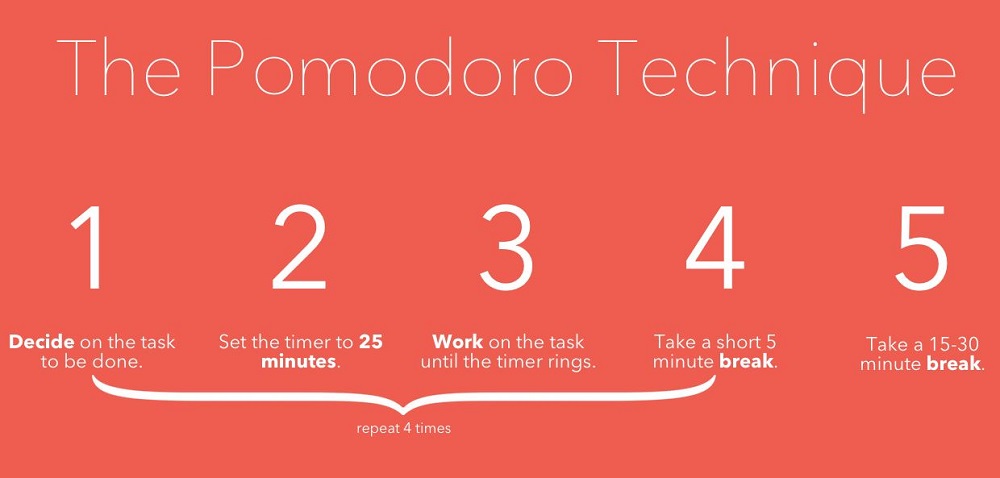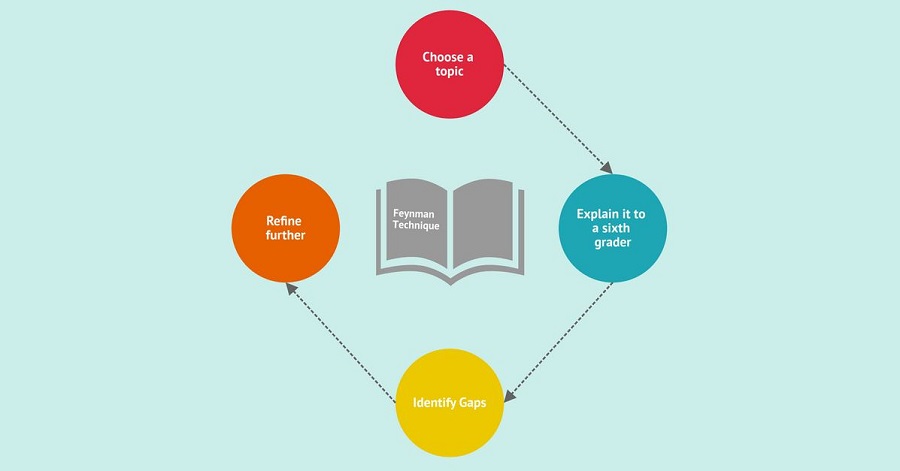It is impossible to separate the responsibility to learn from receiving an education. So, in order to retain all you learn when studying, you must be able to focus.
However, each person has their own unique way of learning. This is especially true during the lecture portion of the course, when many other things besides studying are expected of you. Are there any effective study techniques that would be better suited to students?
There are a number of approaches that give students more leeway and even a sense of humor in their academic pursuits. Students can benefit from the following four effective study strategies:
1. Start with Exercise
Despite the fact that it is not a dedicated learning method, numerous studies have shown that moderate exercise has positive effects on the brain, particularly in terms of how the brain processes new information.
The hormones dopamine, serotonin, and norepinephrine, also referred to as the “happy” hormones, are released by the body when we exercise, according to research. In order to make the brain more receptive to new information, exercise is recommended before learning.
The hippocampus is a key region of the large brain involved in memory and room navigation, and other research from Oregon Health & Science University has shown that even a brief exercise session can enhance genes that act in synaptic formation there.
2. Podomoro Learning Technique

Although this one may be well-known, few people actually put it into effect in their learning activities on a regular basis.
In the late 1980s, Francesco Cirillo popularized the pomodoro learning technique. This technique, which consists of five steps, has been shown to improve pupils’ ability to concentrate, be productive, and even think more logically. Instead of focusing on how much time has passed, the Pomodoro Technique encourages users to concentrate on the learning process itself.
The rest interval, often called spaced learning, is the key component of this technique. Effective study techniques for assimilating information into the brain include the following.
- Choose a study topic
- Prepare a stopwatch for 25 minutes
- Pay attention to learning the assigned content
- Take a 5-minute break after 25 minutes
- You can rest for 15-30 minutes after doing the following procedures four times
3. Feynman Learning Techniques

The Feynman technique, in addition to the Pomodoro method, is another effective study suggestion for students. The “practice” learning method is proposed in four steps by this technique:
- Choose a study topic
- Concentrate on learning the material
- Try your hand at explaining what you’ve learned to non-experts
- Identify the area you are still unable to clarify. Read the passage, then do the same thing again
Because it incorporates other people as partners who can gauge how well you have mastered a specific lesson or content, the Feynman technique is appropriate for those of you who are used to learning through discussion.
4. Try to Relax While Listening to Music
Popularity for this method is high. In fact, many students and students acknowledge that listening to particular music aids in concentration.
The obvious reason for this is that listening to one’s favorite music can help alleviate the stress that can be associated with intense study.
Since music can have a significant impact on one’s disposition, listening to tunes that make you feel good may stimulate the production of endorphins, often known as the “happy” hormone.

